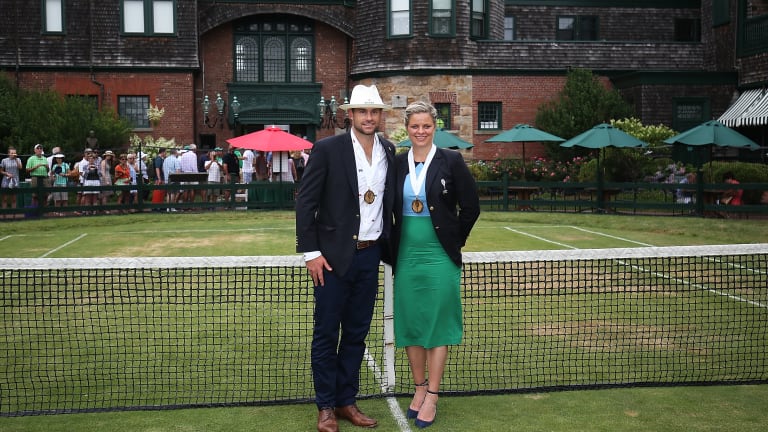Roger Federer’s retirement raises the question of whether the legend will one day have his own tennis museum, like his friend Rafael Nadal does. The Spaniard’s personal hall of fame and the official tennis hall of fame are both among these eight attractions dedicated to the most aesthetically pleasing sport on the planet.
Travel
Eight museums around the world the tennis fan can't miss
By Sep 17, 2022Travel
Destination Tennis: Owl’s Nest Resort
By Apr 26, 2024Travel
Destination Tennis: USTA National Campus
By Apr 18, 2024Travel
Destination Tennis, Horseshoe Bay: Golf
By Aug 31, 2023Travel
Destination Tennis, Horseshoe Bay: Wine Country
By Aug 30, 2023Travel
Destination Tennis, Horseshoe Bay: Tennis & Pickleball
By Aug 29, 2023Travel
Destination Tennis, Horseshoe Bay: The Remarkable Resort
By Aug 28, 2023Travel
Rafael Nadal and Casper Ruud launch Latin America exhibition tour with Iguazu Falls visit
By Nov 22, 2022Travel
Island Gal Jelena Ostapenko kicks off Maldives vacation after ‘strange’ season finale
By Nov 16, 2022Travel
Daria Kasatkina makes it to Maldives with girlfriend Natalia Zabiiako after resurgent season
By Nov 10, 2022Eight museums around the world the tennis fan can't miss
From the International Tennis Hall of Fame to the hallowed lawns of Wimbledon, check out the best museums the tennis world has to offer.
Published Sep 17, 2022

© 2017 Getty Images